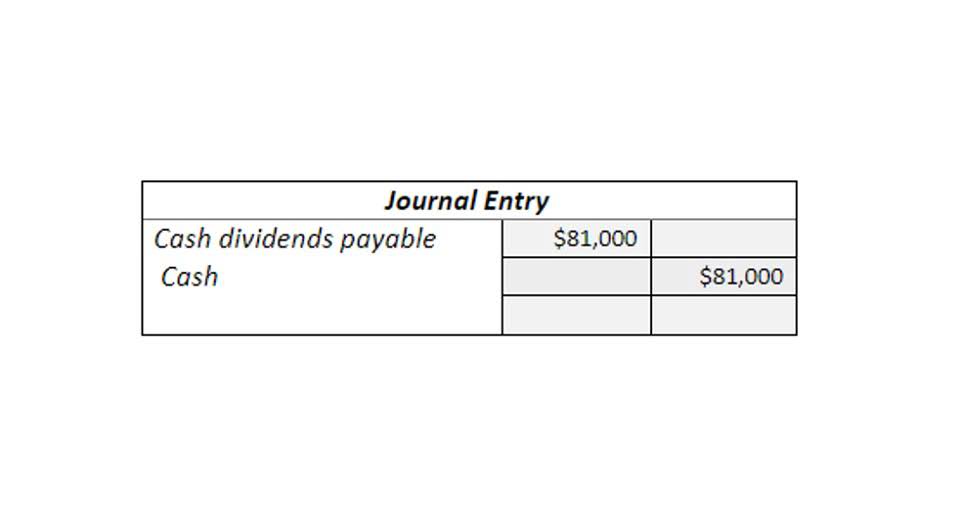What is Days Sales Outstanding DSO? Formula & Calculation

If sales decreases proportionally to accounts receivable, DSO will not increase. While this may not be welcome news, it does not indicate a change in the balance of sales and receivables, and therefore will not affect DSO. Determining the days sales outstanding is an important tool for measuring the liquidity of a company’s current assets. Due to the high importance of cash in operating a business, it is in the company’s best interests to collect receivable balances as quickly as possible.
The sooner you receive payment for a sale, the sooner you have cash available to reinvest in your business. Your company’s cash flow is crucial for businesses, as it allows them to pay their own bills on time and avoid taking out loans. The days-sales-outstanding formula divides accounts receivable by total credit sales, multiplied by a number of days in a measurement period. Days sales outstanding can be reduced in a number of ways, all revolving around methods of increasing the speed with which accounts receivable can be collected. Centralized data makes it easy and efficient to track days payable outstanding, days sales outstanding, and every other metric that impacts your business. With fast calculations within Excel, your team can get a handle on the data and make data-informed decisions to drive the business forward.
Offering your customers a variety of payment options, like card payments and bank transfers will get you paid quicker, since your customers can opt for the most convenient payment option. Also, providing online payment options will often get you paid quicker compared to conventional modes of payment. With an invoicing software, you can track payment status, set automated payment reminders to be sent out, and customize your invoices according to individual customers. The additional advantage here is that the invoices have the payment terms (Net 30 or Net 60) and the payment policies of your firm stated on them. By calculating these DSO trends regularly, you can use them to tweak and make improvements in your business practices.
Bad debt occurs when customers can’t pay their dues, and this ratio measures the amount of money a company needs to write off as a bad debt expense compared to its net sales. If this ratio increases over time, it suggests weak credit policies and dso meaning management. A high DSO suggests that it takes a relatively long time for a company to collect payments from its customers. This may indicate issues with the company’s credit and collection policies, potentially leading to cash flow problems.
If a customer consistently delays payments, you must re-evaluate your strategy. Ensure your collections team is evaluating your customers’ creditworthiness. Based on the risk level, you can extend your credit and prioritize risky customers to avoid bad debt. A low DSO suggests a business collects its debt within its payment time and has prompt-paying customers. It also indicates that the business has an efficient collections process and a proactive collections team. And that is what leads to a lower DSO and helps a business recover past dues seamlessly.
In an era of heightened interest rates and economic uncertainty, maintaining a healthy cash flow has become more vital than ever. While DSO calculations help optimize A/R, they still leave room for assumptions. Besides, these factors help the senior management detect error-prone areas and formulate an action plan to eliminate them. Offering incentives for early payment can motivate customers to pay sooner and reduce DSO.
Other metrics businesses can use to assess the effectiveness of their collections include the cash conversion cycle and accounts receivable turnover ratio. On the other hand, if a company’s days sales outstanding (DSO) is decreasing, the downward trend is a positive sign suggesting the company is more efficient at cash collection (and thus has more cash). Delaying the process of sending invoices to your customers will only delay the payments further. A lower DSO value indicates that it’s taken fewer days to collect payments for the sales you’ve made.
